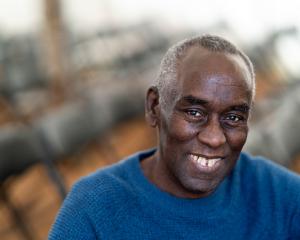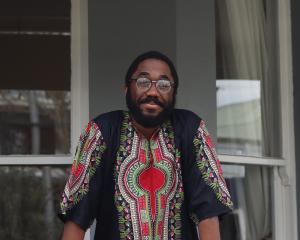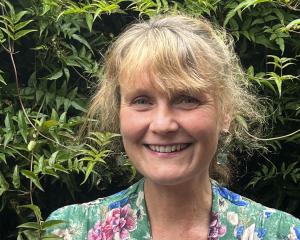DNA is the key to understanding our ancestry. Clive Trotman reviews a new book on the subject by Adam Rutherford.
A BRIEF HISTORY OF EVERYONE
WHO EVER LIVED:
The Stories in Our Genes
Adam Rutherford
Hachette
By CLIVE TROTMAN
Inescapably we each had two parents, four grandparents, eight great-grandparents, and so on. A doubling series is very powerful: to a rough approximation, every 10 doublings adds three zeros.

So 10 generations ago we each had 1024 ancestors, 20 generations ago over a million ancestors, and 30 generations ago (around year 1300) more than a billion. Probably only half a billion people lived at that time and the easy deduction is that we are related to many more people than lived, some of them many times over.
Of course it's not that simple, as Rutherford entertainingly explains.
DNA is the key to understanding our ancestry. DNA is characteristic of a species, making it easy to identify as human, takahe, or any other, but at the same time different from one individual to another (except identical twins), making it easy to match to a single person. DNA is like a linear sequence of letters, millions long, that modern science can read and understand.
By comparing DNA from two sources it's possible to measure how similar, different, or very different they are, and to estimate how long ago they would have been identical, in other words came from a single ancestor.
DNA can sometimes be rescued from ancient bones, and from inside teeth where it's better protected. Fragments of ancient DNA can be matched against similar sections of the modern human genome (total DNA). The changes accumulated over time are gradually building a picture of our relatedness to Neanderthals and other ancestors. Because our DNA codes for about 21,000 genes, we can go much further and trace the presence and geographical spread of genes for particular traits, such as eye colour, over thousands or millions of years.
The project to map and understand the human genome aims to trace how the differences between people are coded in their DNA. All human genomes are different, a mix and match from the universal gene pool. The idea is to sequence not merely one person's genome, but as many as possible, plotting individual characteristics on the DNA map.
Techniques to read DNA sequences were devised only in the 1970s. Progress has been phenomenal since and is accelerating rapidly. Already a vast number of human differences can be attributed to variations in DNA. A small change in a single gene can determine a characteristic such as bone length, eye development, the probability of a blood disorder or a predisposition to develop a particular type of cancer.
Unfortunately, the popular conception of DNA as the key to any forensic riddle is grossly exaggerated. Rutherford's account of the absurd attempt to identify Jack the Ripper through DNA is hilarious. By contrast the identification of King Richard III was supremely successful, but emphasises the crucial point that DNA evidence alone is of little use. It simply tells you whom to target for the solid evidence.
The only detraction from this fascinating read is the enormous number of footnotes that, as so often, tend to be at least as interesting as the main text where they belong.
Clive Trotman is a Dunedin scientist and arbitrator.












